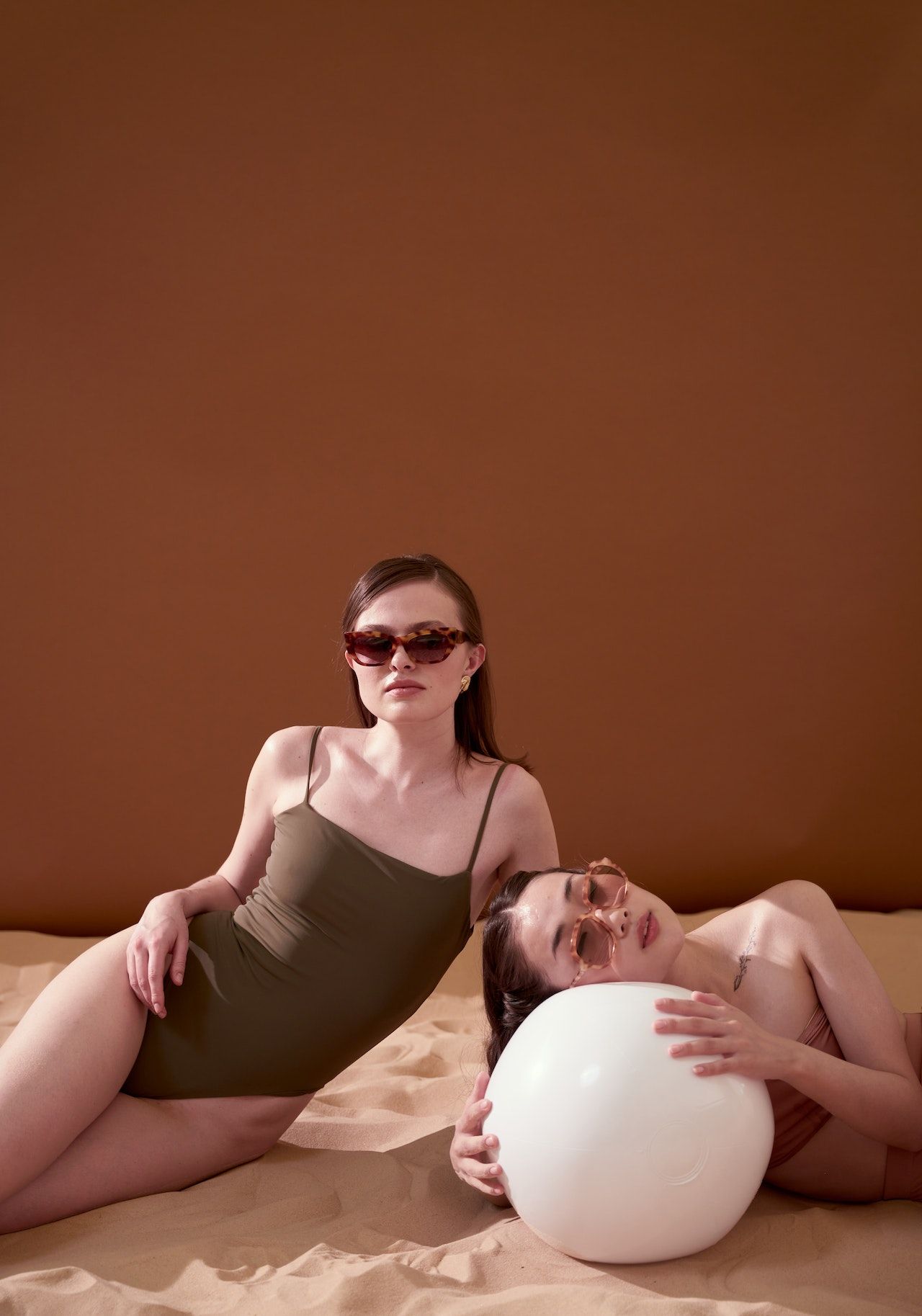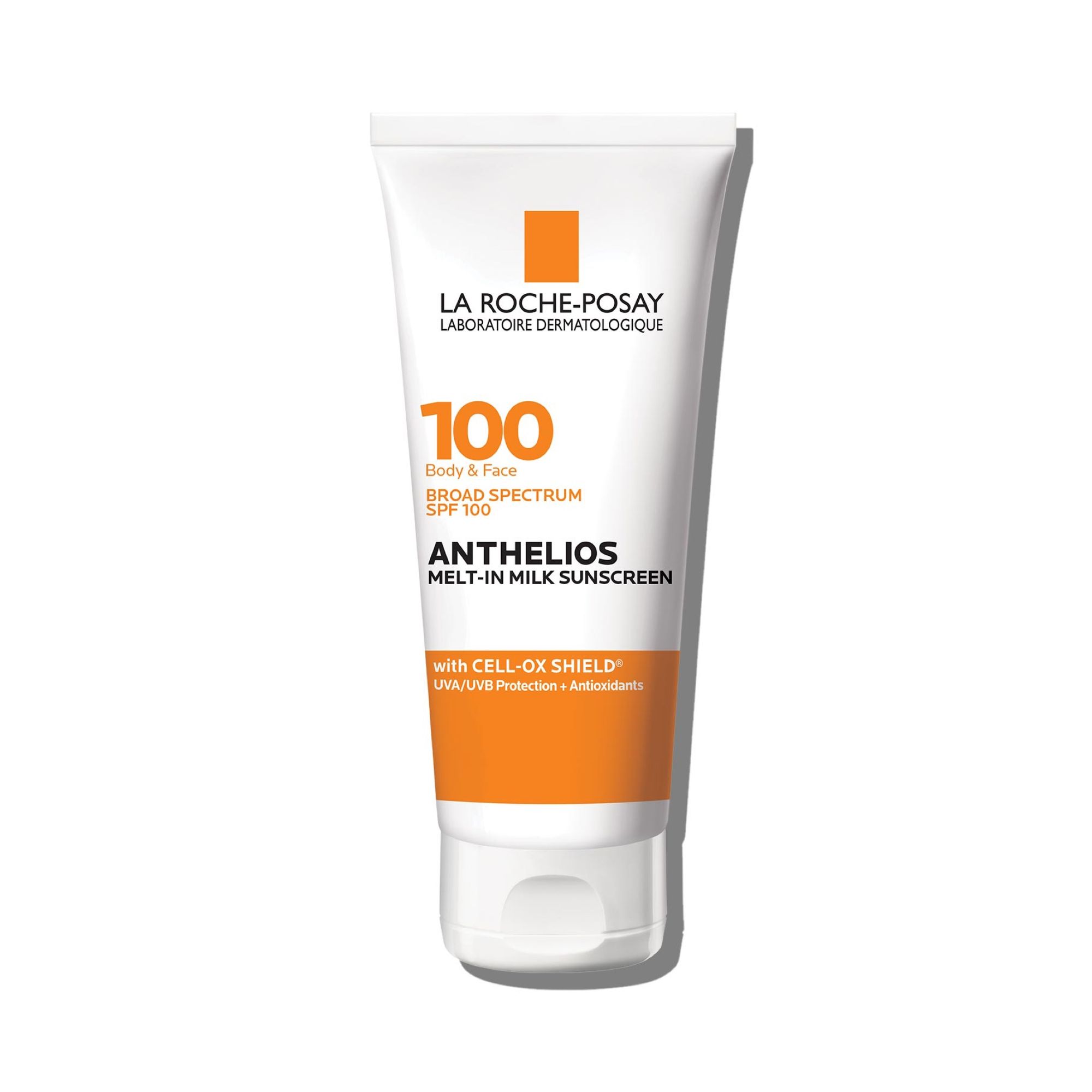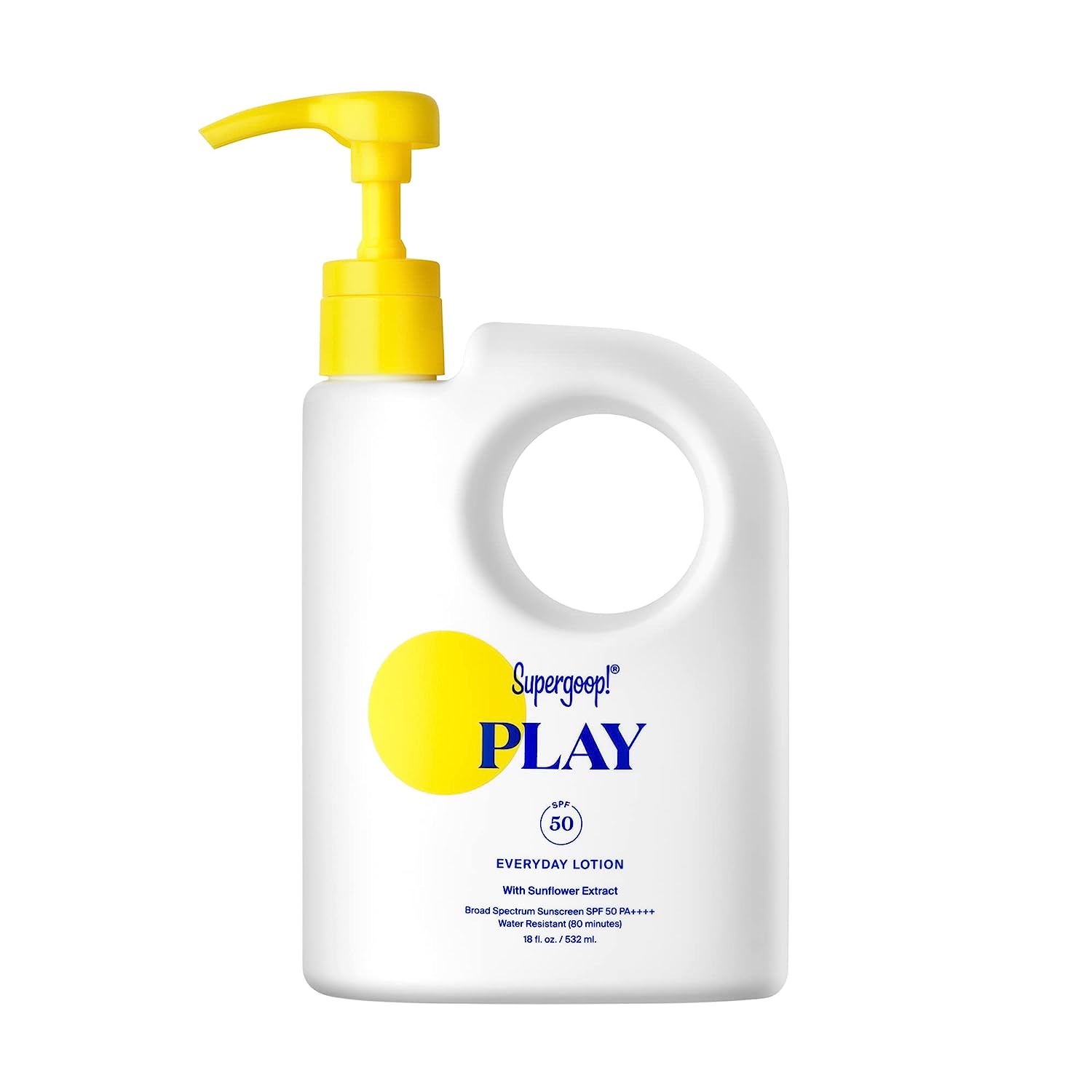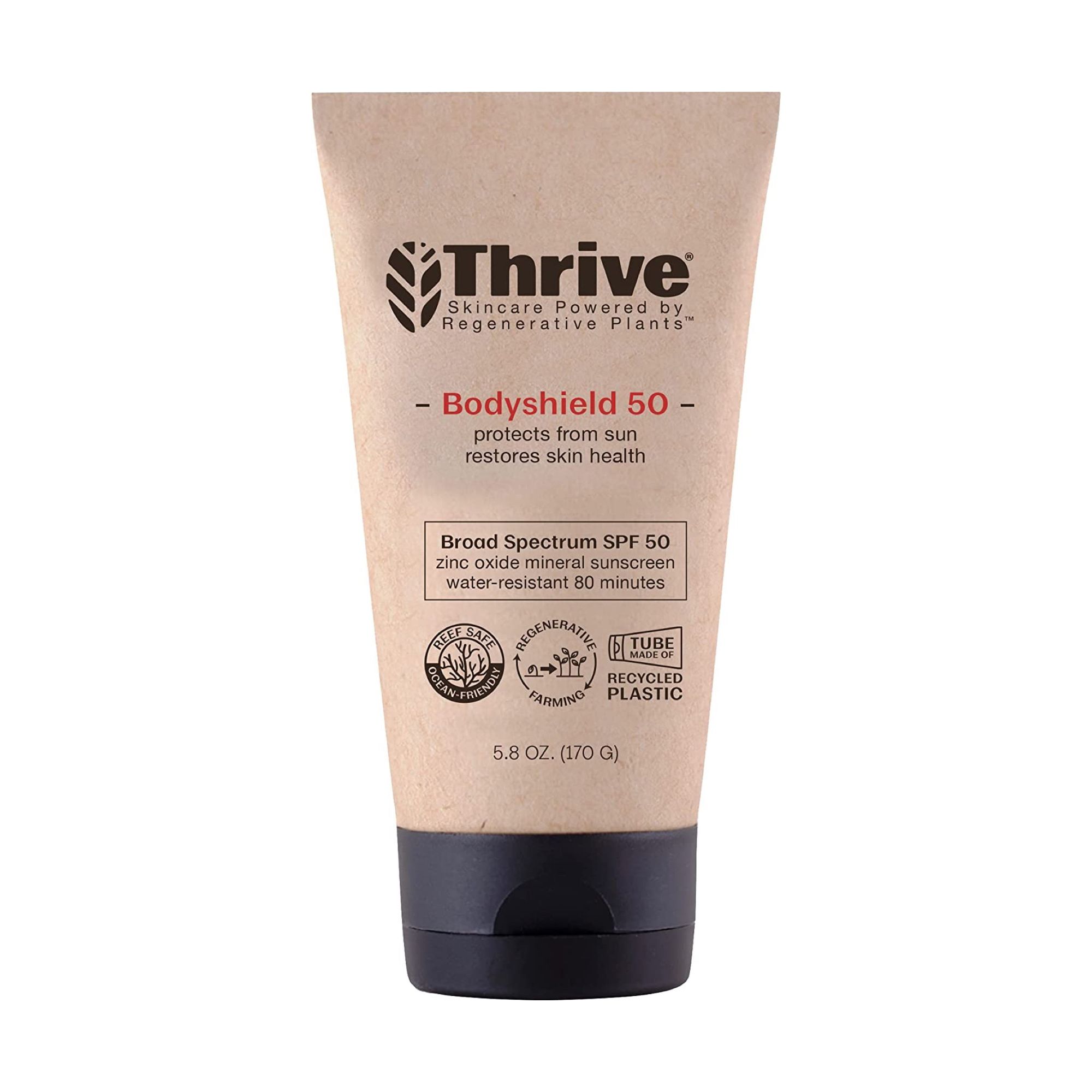With the onset of summer, many people desire to attain a sun-kissed glow, neglecting protection. This is not surprising since there is a widespread belief that sunscreen prevents tanning. However, with concerns about cancer risk, it's crucial to understand that sun care products are a must. In this article, you will discover if getting tan while using sun-care products is possible, understand the SPF rating system, and find the best sunscreen.
How Do We Tan?
Sunlight is the primary source of UV radiation. UV radiation triggers the production of melanin. Melanin is a pigment that absorbs UV rays, protecting the deeper layers of the skin from damage. The more melanin is produced, the darker the skin appears, resulting in a tan.
Basically, we can consider this process as a defense mechanism. Our skin shields itself from further UV damage. However, it's important to note that a tan doesn't provide significant protection against UV radiation. The level of melanin in our skin is not high enough to act as an effective sunscreen. Therefore, relying solely on a tan for protection is not advisable.
The Risks of Unprotected Tanning
When we are exposed to the sun without any form of protection, it can lead to serious issues. First, UV rays can damage our DNA, increasing the risk of skin cancer. Besides, it can cause premature aging, wrinkles, dark spots, and other skin irregularities. Finally, a tan itself is a sign of skin damage, as our skin produces melanin in an attempt to protect itself.
It's important to note that even when wearing sunscreen, prolonged and excessive sun exposure can still increase your risk of skin cancer over time. Additionally, UVA rays, which are less likely to cause sunburn but can still contribute to premature aging, can penetrate through windows. So it's a good idea to use sunscreen even when indoors.
While a tan may be aesthetically pleasing to some, it's essential to prioritize our skin's health and take necessary precautions.


So…Can You Tan with Sunscreen?
Yes, you can get a beautiful bronze glow while wearing sunscreen, but the level of tan will be reduced compared to if you were not wearing sunscreen at all.
Sunscreen only PARTIALLY blocks tanning. So, don't worry about pale skin at the end of the summer. You will get tan by all means because sunscreen doesn't completely block all UV radiation. Some of the rays can still reach your skin and lead to a gradual tan.
SPF Rating System
To further comprehend the relationship between sunscreen and tanning, it's important to understand the SPF rating system. The SPF rating indicates the length of time the sunscreen can protect the skin before it starts to burn.
For example, if your skin typically burns after 10 minutes of sun exposure without any protection, applying SPF 30 would theoretically allow you to stay in the sun for 300 minutes (10 minutes x 30 SPF). However, this calculation is based on ideal conditions and may vary depending on factors such as skin type, intensity of the sun, and proper application.
It's important to note that SPF only measures protection against UVB rays, which are responsible for sunburns. UVA rays, on the other hand, penetrate deeper into the skin and can cause long-term problems. To ensure comprehensive protection, opt for a broad-spectrum sunscreen that shields against both UVA and UVB rays.
To understand all the incomprehensible numbers and meanings on a sunscreen package, read the article - "The Sunscreen Bible: How to Choose What’s Best for You."
Best Sunscreens, According to Editor

For those seeking a high SPF without the usual drawbacks, La Roche-Posay SPF 100 is a must-try. In the realm of sunscreens, it stands as a testament to both innovation and effectiveness. This product has great coverage, not thick at all. It melts into the skin and dries really fast. Unscented and worth every penny. This sunscreen uses a blend of several active ingredients like Avobenzone (3%), Homosalate (15%), Octisalate (5%), and Octocrylene (10%). All of them are safe and approved by the FDA.

The Supergoop! PLAY Everyday Lotion is a versatile sun defense for all skin types. It's water and sweat-resistant for 80 minutes, guarding against UVA and UVB rays. Enriched with clean, antioxidant-rich ingredients like sunflower and rosemary extracts, it nourishes while protecting. Featuring Avobenzone (3%), Homosalate (10%), and Octisalate (5%), which are approved by FDA. No stickiness, just a mild lemony scent. It glides on effortlessly with its silky texture. Reef safe. The pump bottle design makes application a breeze.

Well, well, well. If we previously discussed chemical sunscreens, it is time to introduce a mineral alternative -Thrive Bodyshield 50. Its main ingredient, 23.5% zinc oxide, works perfectly to mend sun-exposed skin. Cruelty-free, vegan, and paraben-free. This formula also contains antioxidants that work to alleviate irritation and redness. It offers broad-spectrum protection. Non-tinted. Every purchase of this product supports rural Costa Rican farmers practicing regenerative farming - a meaningful connection to the environment.
If you want to learn more about physical sunscreens, read the article -“Best Tinted Mineral Sunscreen for Acne-Prone Skin.”

